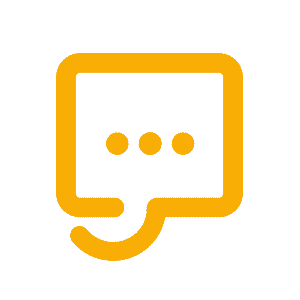Flow Charting
Flow Charting is a graphical representation of a process or workflow, used to visualize the steps and decision points involved in achieving a specific outcome. Flow charts typically use standardized symbols such as rectangles for actions, diamonds for decisions, and arrows for the flow of steps.
Flow charting helps organizations document, analyze, and communicate processes more clearly, enabling easier identification of inefficiencies, bottlenecks, and opportunities for process improvement.
❓ Frequently Asked Questions
Why is flow charting important in Business Process Management?
Flow charting is important because it provides a visual overview of a process, making it easier to identify inefficiencies, redundancies, and bottlenecks. It aids in communication among stakeholders, facilitates process analysis, and supports process improvement initiatives.
What are the basic symbols used in flow charting?
Basic symbols in flow charting include ovals for start and end points, rectangles for process steps, diamonds for decision points, and arrows for indicating the flow of the process. These symbols help in standardizing the representation of processes.
How can flow charting improve business processes?
Flow charting can improve business processes by providing a clear visualization that helps identify areas for improvement, streamline operations, and enhance communication among team members. It also aids in training new employees and ensuring consistency in process execution.
What are some common challenges in flow charting?
Common challenges in flow charting include overcomplicating the chart with too much detail, failing to update the chart as processes change, and not involving all relevant stakeholders in the charting process. These challenges can lead to inaccurate or outdated representations of processes.
How does flow charting support process automation?
Flow charting supports process automation by providing a clear and detailed map of the process, which can be used to identify tasks suitable for automation. It helps in designing automated workflows and ensuring that automated processes align with business objectives.
Can flow charting be used for all types of business processes?
Flow charting can be used for most types of business processes, especially those that are sequential and have clear decision points. However, for highly complex or non-linear processes, other modeling techniques might be more appropriate.
🧠 Suggested readings
Want to build on your knowledge of Flow Charting? These articles cover essential strategies and advanced tips to help you deepen your understanding and apply best practices with confidence.
- 📝 How to Draw a Flowchart in 5 Easy Steps
- 📈 Level Up Your Processes: Exploring the 5 Levels of Process Mapping
- 📊 Business process modeling for dummies: 7 tips and ideas
- 📊 The Meaning of 23 Flowchart Symbols
- 📊 Access and use 10 examples of ready-to-use workflow charts
- ✈️ Streamline Employee Travel: Get the Full Travel Request Process and Documentation for Free
- 🗺️ 5 Examples of Process Maps
📚 Suggested books
Explore these recommended books to broaden your knowledge and deepen your expertise in Flow Charting. Each title provides practical insights and proven strategies to help you advance with confidence.
"Flowcharting: A Guide to Understanding and Creating Effective Diagrams" by James R. Evans
This book provides a comprehensive guide to creating and interpreting flowcharts. It covers the basics of flowcharting, including symbols, structure, and best practices, making it an essential resource for anyone looking to improve their diagramming skills.
🛒 Search on Amazon"Flowcharting Made Simple" by Paul R. Timm
Flowcharting Made Simple is a practical guide that simplifies the process of creating flowcharts. It offers step-by-step instructions and examples to help readers understand how to effectively use flowcharts for problem-solving and process improvement.
🛒 Search on Amazon"The Art of Flowcharting: A Practical Guide" by John M. Smith
This book delves into the art and science of flowcharting, providing readers with the tools and techniques needed to create clear and effective diagrams. It is ideal for professionals and students who want to enhance their flowcharting skills.
🛒 Search on Amazon